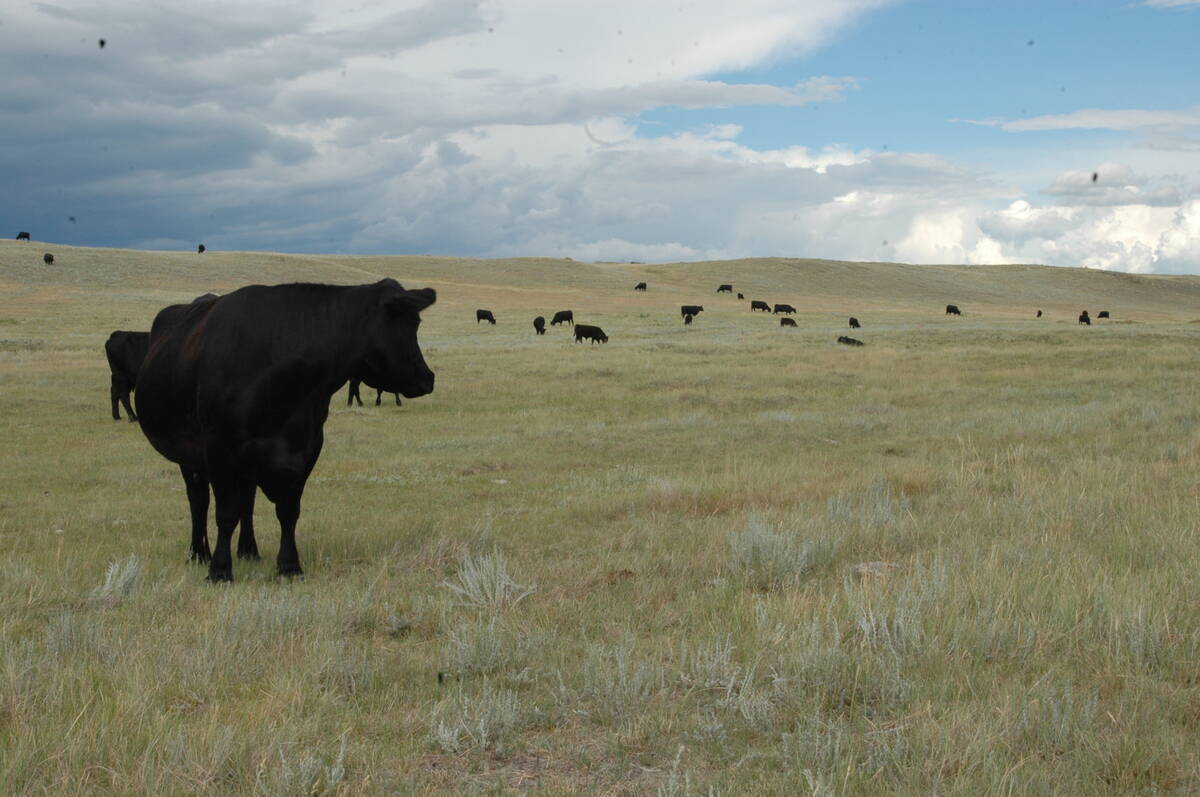Transporting pigs in hot weather hasn’t been much of an issue this year, but at some point it will be necessary.
Bill Rempel, vice-president of operations for Steve’s Livestock, cautioned hog producers June 18 to cut back on load sizes if pigs must be shipped when it’s hot.
Rempel said drivers in his company are given discretion to change load sizes depending on weather.
It should also be standard practice for producers and shippers to check weather forecasts for the duration of the trip.
Read Also

Saskatchewan Cattle Association struggles with lower marketings
This year’s change in the provincial checkoff has allowed the Saskatchewan Cattle Association to breathe a little easier when it comes to finances.
Heat and humidity cause animal stress, so load sizes should be reduced if those conditions are expected to be high.
“The regulations state that if it’s going to be hot and humid, you need to cut back by 25 percent,” Rempel said.
“That obviously isn’t very specific … so that is a challenging part of the business that we’re in.”
Recommendations in the national code of practice for the care and handling of pigs include a temperature and humidity index table to determine proper loading densities.
The code also recommends loading pigs at cooler times of day and avoiding congested traffic conditions.
It says pigs should be cooled before loading when necessary and unloaded promptly when they reach their destination.
barb.glen@producer.com















